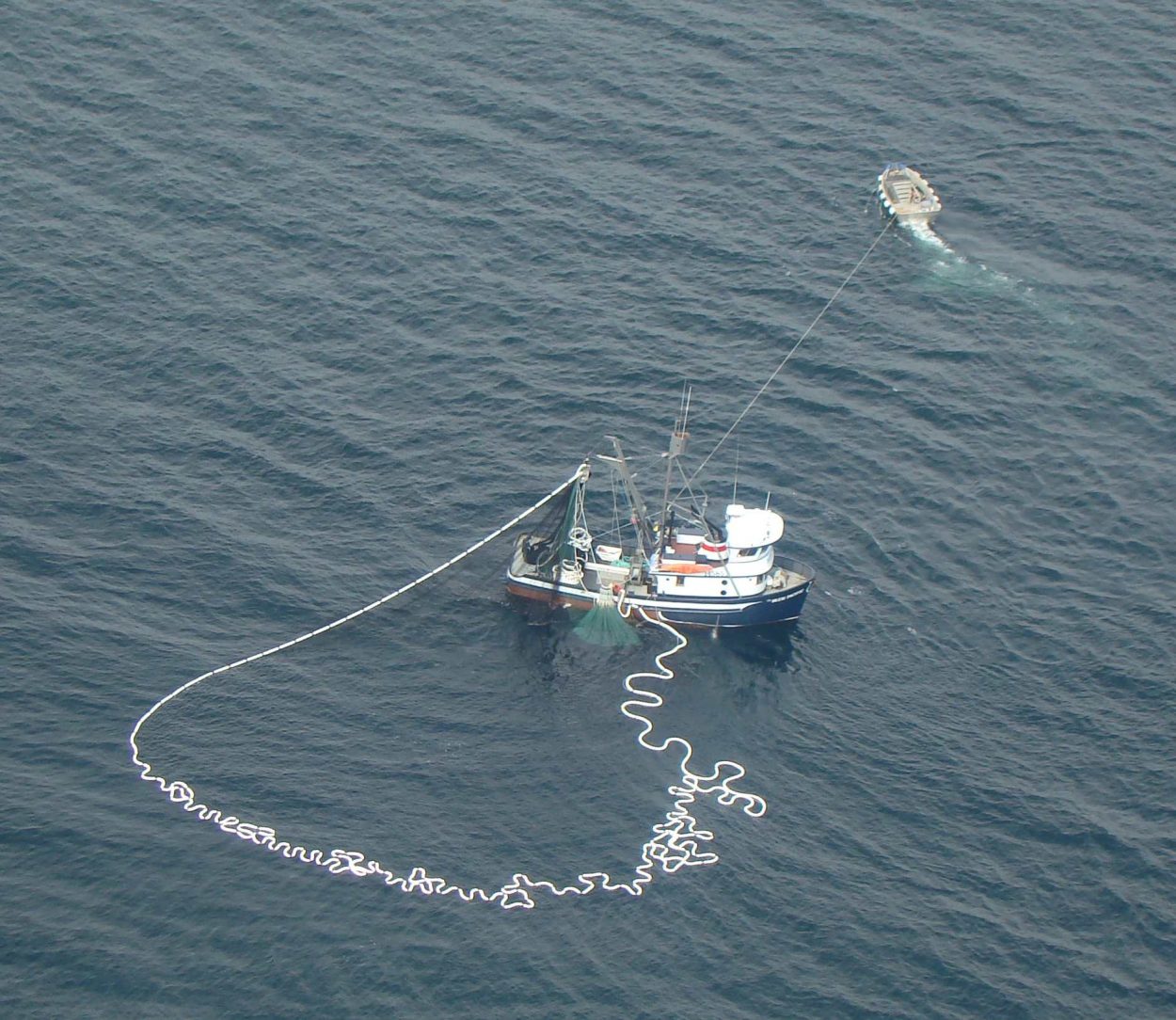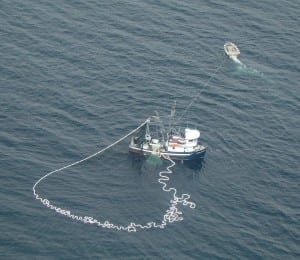Southeast Alaska’s commercial salmon purse seine fleet is on track to hit or exceed pre-season forecasts for the region’s pink salmon harvest. Meanwhile, some hatchery chum salmon returns have been a disappointment.
This year’s pink salmon catch is only a fraction of last year’s record setting harvest of 89 million. As of the first week in August, the Southeast harvest was an estimated 15-16 million pinks.
“Well this year certainly isn’t last year by a long shot,” said Dan Gray, the Alaska Department of Fish and Game’s regional salmon management coordinator. “We knew that going in. It’s an odd year. Our pre-season forecast was for 22 million fish harvest and it appears that we’re gonna be doing a little better than that but it certainly doesn’t even compare to last year.”
Fish and Game’s current in-season projection is for a catch of around 30 million. That’s the number that federal scientists forecast going into the season.
The fleet is fishing two day openings in mid summer. The catch during one early August opening topped 4.4 million pinks region-wide. During last year’s record setting season, the catch per opening was around 8 million fish at this time of year.
Gray said there have been a few surprises this year. “It was a bit of a surprise in that the early season catches especially in the southern areas are pretty high. And what’s a little bit confounding here is that we have really low male sex ratios compared to what we normally see and that might indicate we’re a little advanced on run timing. Which means our peak may be, that we think is this week and next week, may be right now and this thing may fall off the table pretty quickly but that’s for the moment speculation.”
Managers look at the ratio of male to female salmon showing up in the catch to give them clues about the timing of the run. The bulk of this year’s catch has been from districts one through four around Prince of Wales Island and Ketchikan
Gray said the numbers of pinks returning to streams in the northern Panhandle have not been strong. “Yeah the escapements are below average, I’ll say that. And the peak for those is probably in the next couple of weeks. So we’re hoping a little weather here this weekend will chase some fish into the creeks and we’ll get a better look at what we got. So really the story on that is not over yet but it’s certainly not producing fish for surplus for harvest.”
Gray said returns of hatchery chum salmon around the region have not lived up to expectations this year. Chums typically provide an early shot of fish for the seine fleet. One of the runs is at Hidden Falls on Baranof Island, operated by the Northern Southeast Regional Aquaculture Association. General manager Steve Reifenstuhl called this year’s run at Hidden Falls a big disappointment. “The run came in at about 40 percent of expectation. There were only about 238-thousand fish caught in the seine fishery and we collected about 150-thousand fish for broodstock. So in total, roughly 435-thousand fish or so.”
That compares to a run in 2013 of 1.3 million chums. Reifenstuhl said a major component of this year’s run was missing, the four year old fish. He said the problem showed up elsewhere around the state and doesn’t know what caused it.
Seine boats had some fishing time around Hidden Falls in the early season but not much time in July, as NSRAA struggled to get enough fish back for brood stock.
Ultimately Hidden Falls hit its goal for broodstock fish but the problems were not over. Reifenstuhl said the hatchery initially had problems with low water flows in the early season and not enough oxygen in the water supply. He said they were equipped to help the fish past that issue. However low water in early July turned into flooding in late July with heavy rainfall that hit the region. Reifenstuhl said that was too much for a big part of the Hidden Falls run. “We just did a dive survey yesterday and what we found is that we probably lost 40-thousand fish just dropped out because of exhaustion and beating themselves on those high flows. We did find the fish dead on the bottom within our barrier net area so unfortunately that cuts into how many eggs we can take.”
He expected in the end to collect around 130 million eggs from the fish that were able to make it back to the hatchery alive. They need 160-million eggs for the chum releases. The solution could be eggs from other facilities. Otherwise, the NSRAA board will have to decide how to spread that shortfall around to the different release sites stocked by Hidden Falls eggs.











